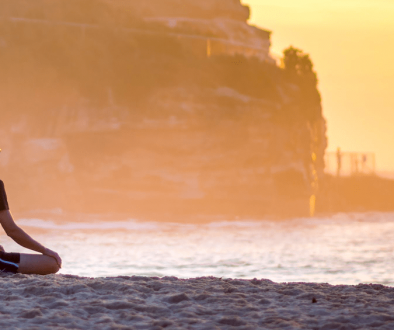Late Spring yoga classes
I remember the overall structure of the four chapters of the yoga sutras being described to me as a horse riding metaphor. The second chapter is for learning how to ride a horse and the first, third and fourth are about what to do when you are up on the horse.
Of the four chapters of the yoga sutras , chapter two is aimed at the person who is busy in the world rather than chapter one which is aimed at someone who has a more contemplative lifestyle and/or temperament.
However, the definition of yoga remains the same regardless of what stage you find yourself in the process and is found in the second sutra of chapter one.
YS 1.2 yoga citta vritti nirodha – yoga is to still the movement of the mind, to bring it towards calmness. So from the very beginning yoga is described as a state of mind, calm and stable. Yoga as a process aims to cultivate clarity and calmness in the mind which is its natural state when it is not obscured by the energies of hyperactivity and/or dullness.
Then moving to chapter two, Patanjali offers the most accessible method to move along the yoga path for the person that is busy in the world. This method is
kryia yoga (yoga of action) and it is emphasised by another mention further along in the chapter as a way to harmonise our relationship with ourselves. There are three aspects to kryia yoga , tapas, svadyaya and isvara pranidhanai.
The first aspect, tapah, is a gentle self discipline that can move us from one point to another and it can be applied to any activity we decide to focus on. If you choose to spend thirty minutes daily on yoga poses, breathing practice and meditation you also have to choose what not to do to accommodate this and often this choosing what not to do involves resisting the senses in some way. Each time we note and resist the pull of the senses and do the practice we have decided on, the body mind gains energy and moves gradually towards a state of yoga.
The second part of kryia yoga is svadyaya referring to the study of self. In yoga practice the most accessible parts of ourselves are the sensations in our bodies and our breathing patterns and by paying attention to them we are better able to note what is going on with them and to know them better.
Isvara pranidhanani is the third component of kriya yoga. This is the fruit of the previous two aspects of self discipline and self study. It is an attitude of openness and trust in life regardless of our expectations.



